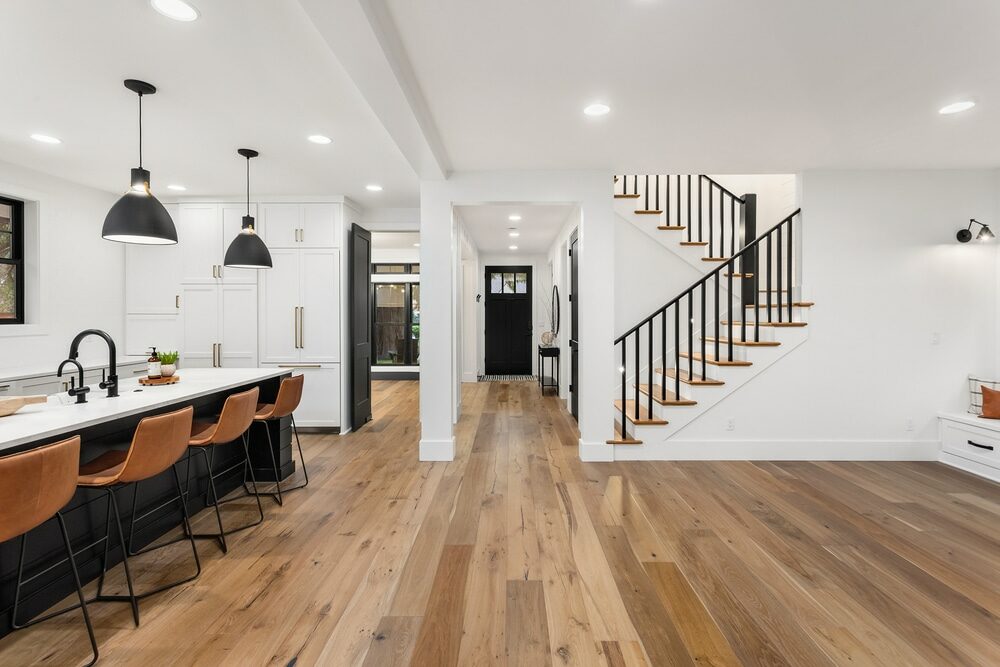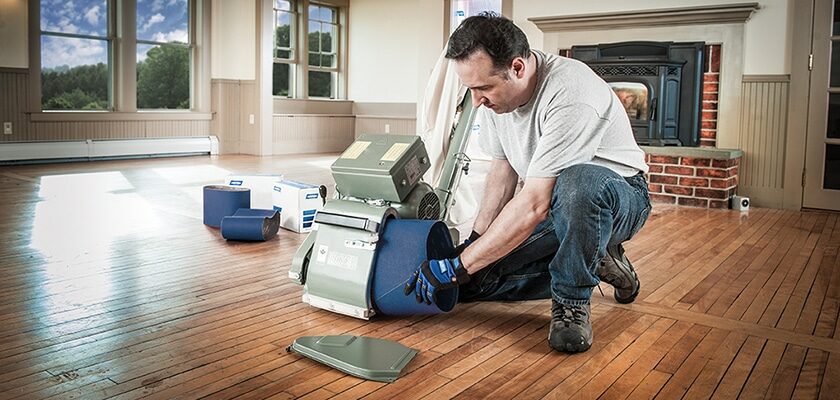London:
Nationwide:
Wood Floor Sanding in Your London Home
Posted on May 15, 2023
Blog
Comprehensive Guide to Wood Floor Sanding in Your London Home
Wooden floors are a classic choice for any home, and in London’s vast array of historic and contemporary properties, they feature prominently. However, over time, wear and tear can take a toll on these beautiful surfaces. One of the key steps in rejuvenating wooden floors and bringing back their former glory is floor sanding. In this comprehensive guide, we’ll explore the process of wood floor sanding in your London home.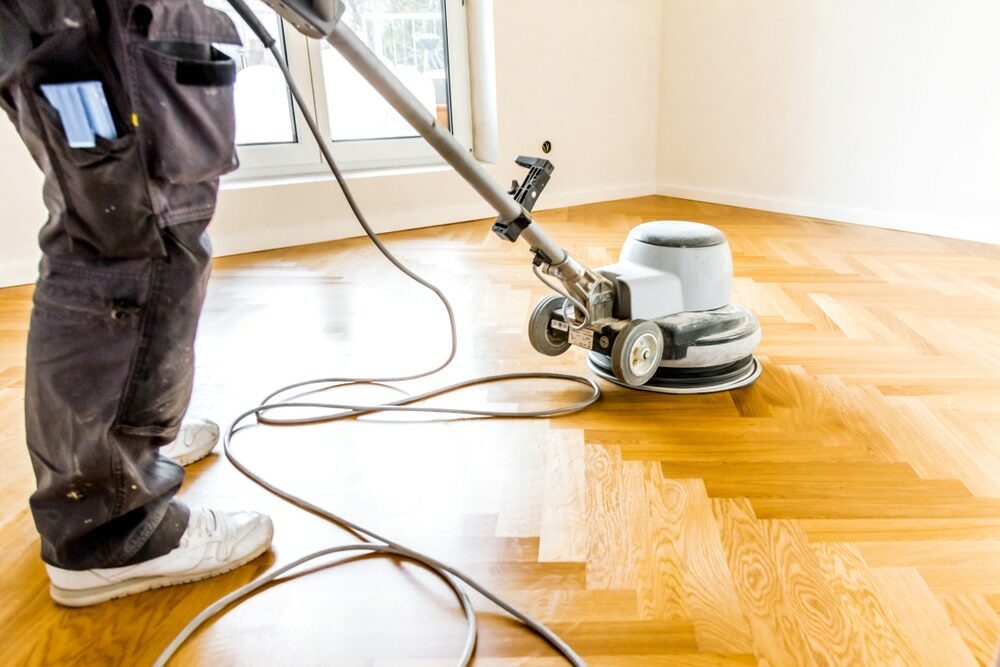
What is Floor Sanding?
Floor sanding is the process of removing the top surfaces of a wooden floor by sanding with abrasive materials. It’s a crucial step in floor restoration that helps remove old finishes, surface stains, and minor imperfections. The result is a smooth, level floor ready for a new finish that can completely transform the look of a room.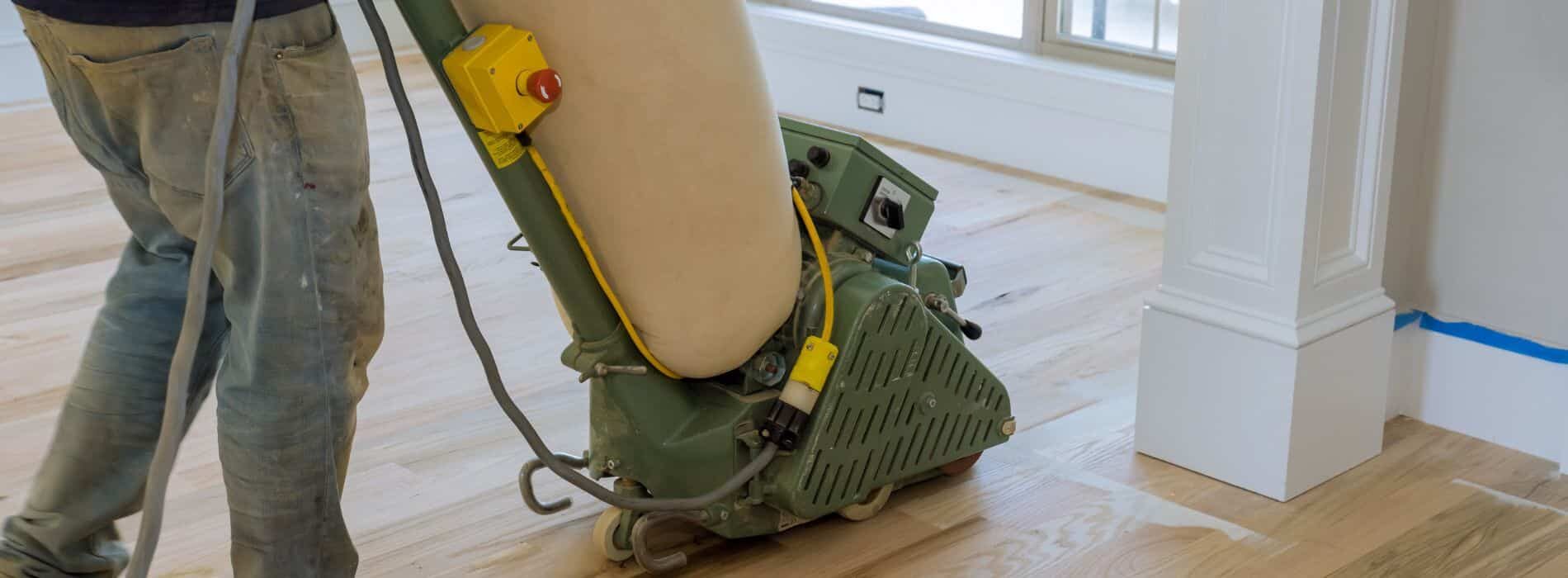
When Is Floor Sanding Necessary?
Wood floor sanding is typically required when:- The floor’s finish is worn out, dull, or damaged.
- There are surface scratches and scuffs that detract from the floor’s appearance.
- There’s a desire to change the colour or type of wood finish.
- Boards are uneven or have slight height differences.
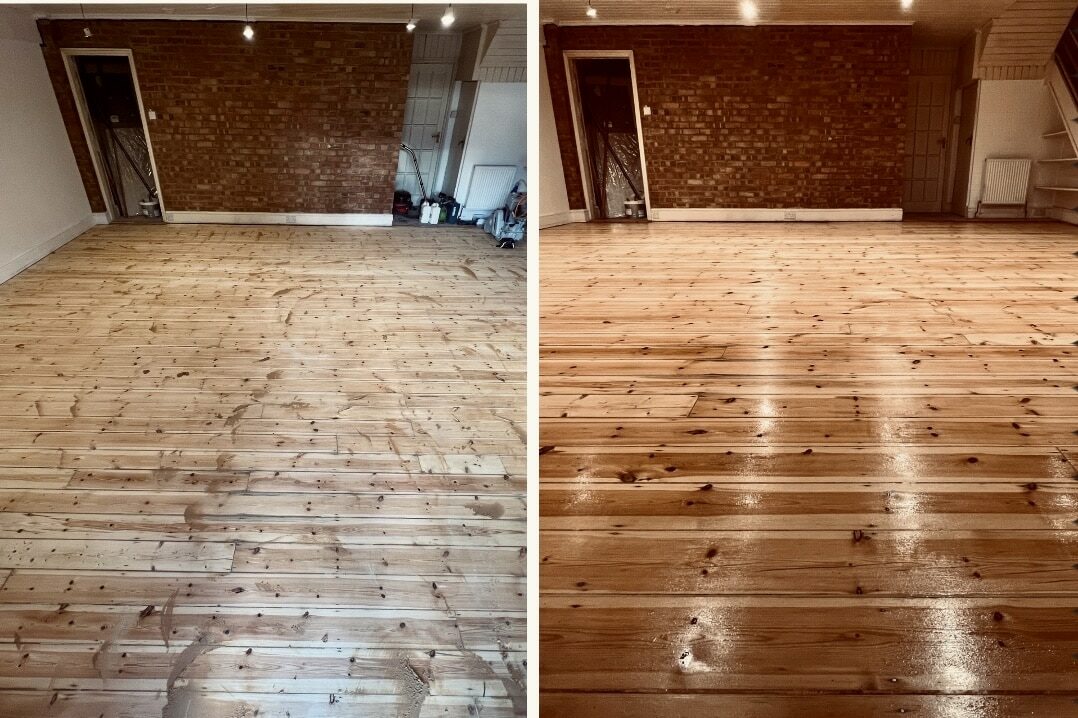
Preparing for Floor Sanding
Before you begin the process of floor sanding, you need to prepare the area:- Remove all furniture, rugs, and other items from the room.
- Look for and remove any protruding nail heads or staples from the floor.
- Clean the floor thoroughly to remove dust and debris.
- Seal off the room from the rest of the house to prevent dust from spreading.
Tools and Materials Needed
The following are the main tools and materials required for floor sanding:- Drum sander or orbital sander
- Edger (for sanding along baseboards and corners)
- Sandpaper of various grits (from coarse to fine)
- Hammer and nail set
- Ear protection, safety goggles, and a dust mask
- Vacuum cleaner
The Floor Sanding Process
Step 1: Initial sanding
Start with the drum sander and coarse-grit sandpaper. The aim is to remove the old finish and level the floor. Always sand along the grain of the wood, not against it, and keep the sander moving to prevent gouges.Step 2: Edge Sanding
Use the edger, which is a smaller version of the floor sander, to sand along the baseboards and in the corners where the drum sander can’t reach.Step 3: Intermediate Sanding
Switch to a medium-grit sandpaper and repeat the process. This will remove any scratches left by the coarse-grit paper and further smooth the floor.Step 4: Fine Sanding
Finally, use a fine-grit sandpaper for the last sanding pass. This will give the floor a smooth finish, preparing it for staining or sealing.Step 5: Cleanup
After sanding, vacuum the floor thoroughly to remove all dust. Wipe the floor with a damp cloth to pick up any remaining dust.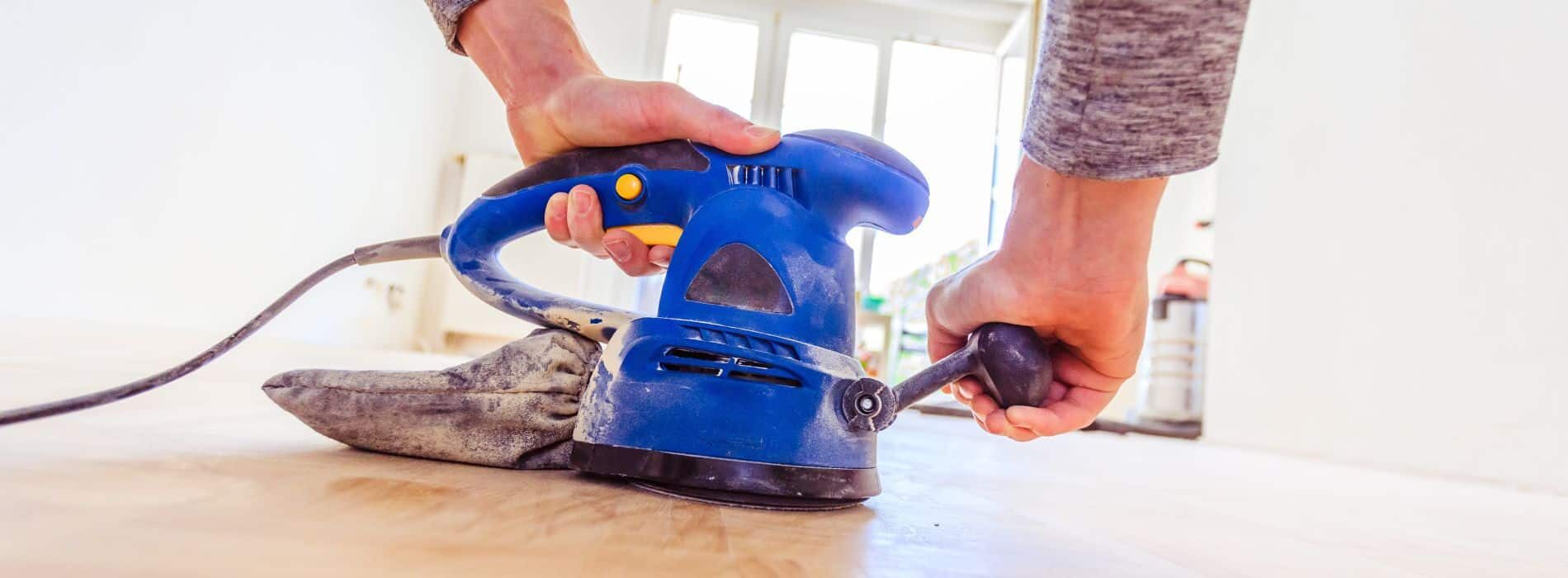
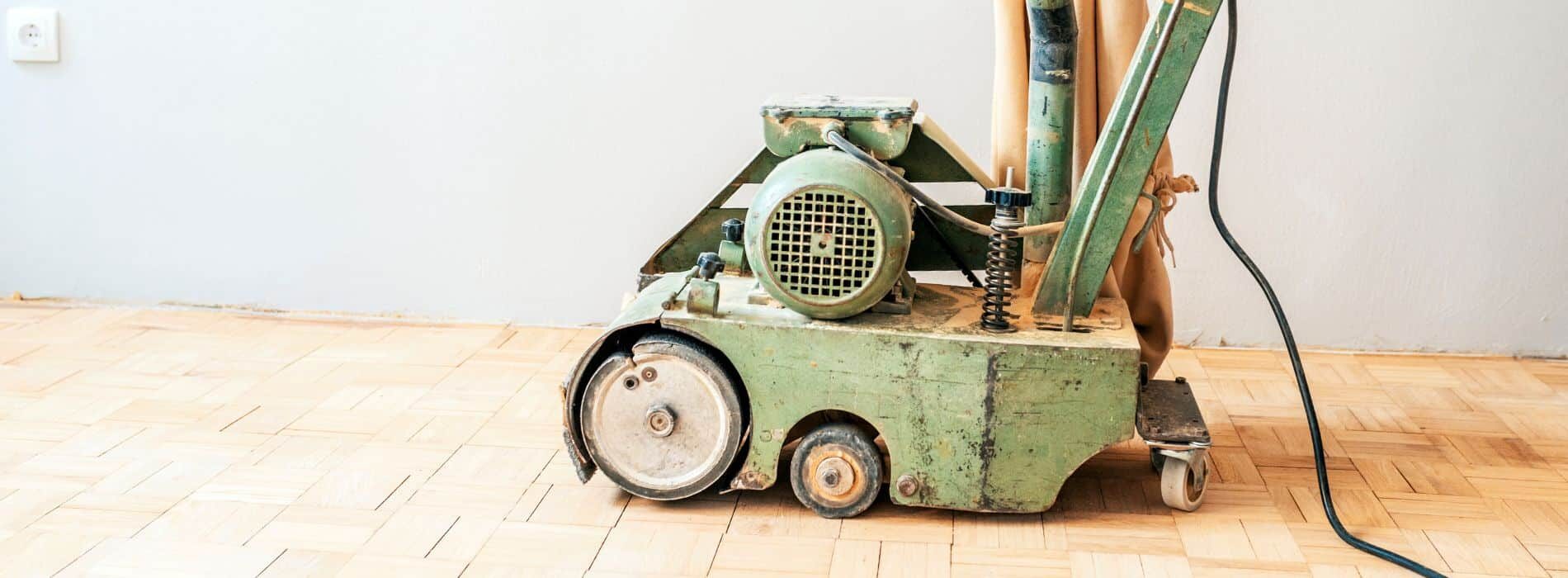
After Sanding: Staining and Finishing
Once your floor has been properly sanded and cleaned, it’s ready for staining (if desired) and finishing. Staining can change the colour of your wood to better match your decor, while finishing protects the wood and gives it a beautiful lustre.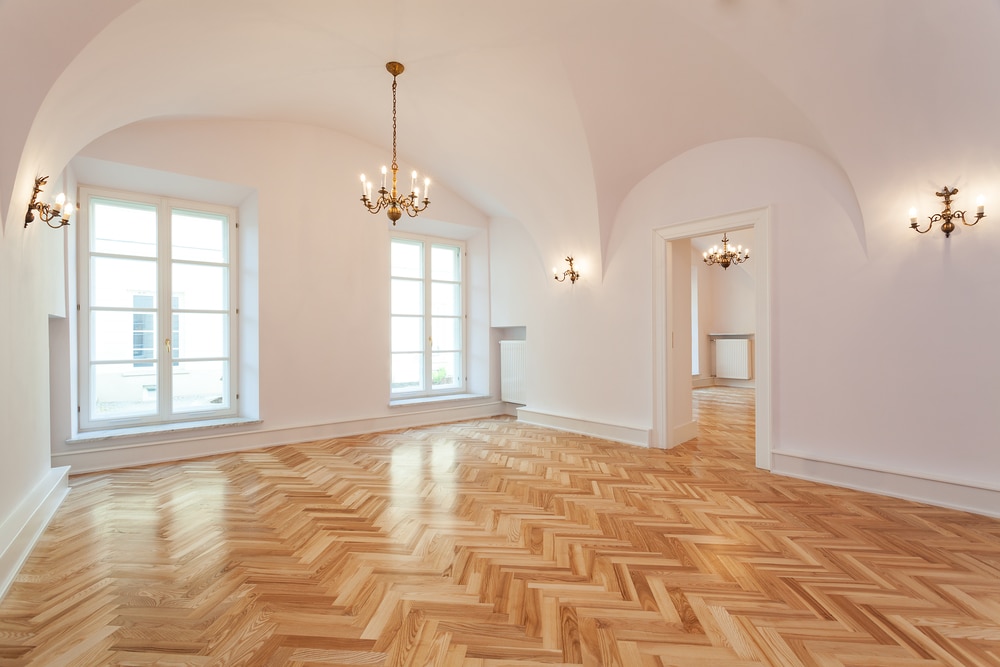
Professional Help vs DIY
Wood floor sanding is a labour-intensive task that requires a good understanding of the process as well as the ability to operate heavy sanding equipment. If you’re unsure, consider hiring a professional. Professional floor sanding services have the tools, experience, and knowledge to do the job efficiently and effectively. They also have industrial-grade vacuums and dust extraction systems that can significantly reduce the amount of dust in your home.The Cost of Floor Sanding in London
The cost of floor sanding in London can vary greatly depending on the size of the floor, the condition of the wood, and whether you’re doing it yourself or hiring a professional. DIY floor sanding can save you money in the short term, but remember to factor in the cost of tool rental, materials, and your time. If you hire a professional, you can expect to pay per square foot, with prices varying depending on the complexity of the project and the company’s pricing structure.Maintaining Your Sanded Floor
After investing time and resources into sanding your wooden floor, you’ll want to maintain its pristine look for as long as possible. Here are some tips:- Clean regularly: Use a soft broom or vacuum cleaner to remove dust and debris.
- Prevent scratches: Use protective pads under furniture legs and avoid wearing high heels on the wood floor.
- Wipe up spills: Water can damage the finish and the wood, so wipe up any spills as soon as possible.
- Refinish when necessary: Depending on the level of traffic, your floor may need to be refinished every 7–10 years.
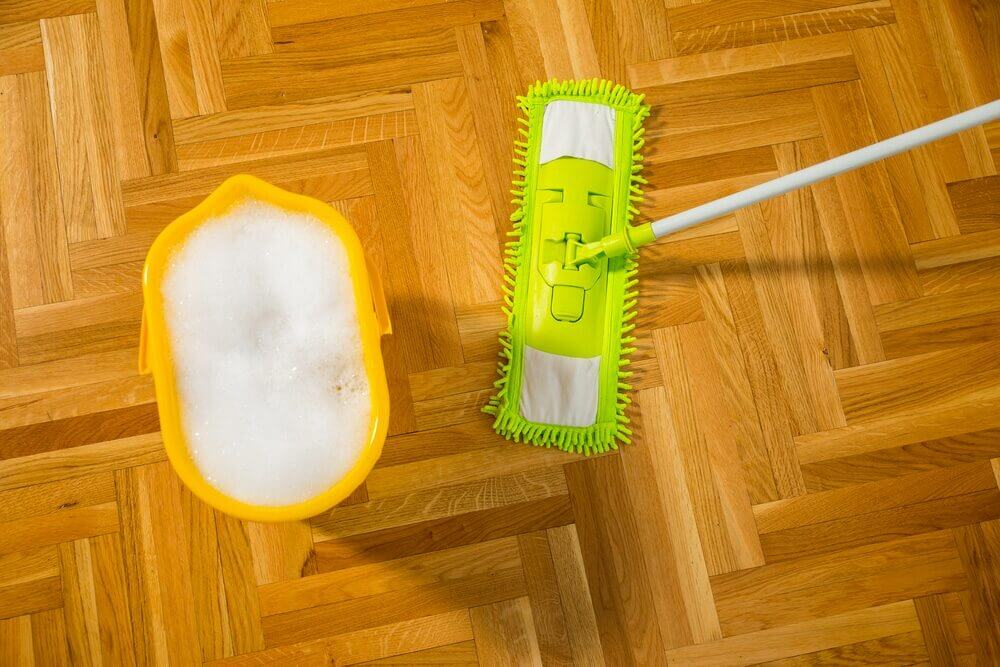
Conclusion
Wood floor sanding is a crucial part of floor restoration. Whether you choose to take on the task yourself or hire a professional, understanding the process can help you ensure the best outcome. With the right approach, floor sanding can breathe new life into your wooden floors, enhancing the beauty and value of your London home. So grab your sanding equipment and get ready to see your wooden floors in a new light.Some Useful Links:
- Wood Floor Restorations
- Wood Floor Repairs
- Wood Floor Polishing
- Floor Sanding Services
- School Floor Sanding
More from our Blog:
Hardwood Floor Restoration – Wood Floor Restoration Services in LondonRefinishing Parquet Flooring: Ultimate Guide for London Homes
The Complete Guide to Restoring Your Hardwood Floors
Real Wood Floor Sanding in London – Your Comprehensive Guide
London Hardwood Floor Restoration – Comprehensive Guide | Preserve Your Home’s Charm

Sanding
We provide virtually dust-free sanding with our continuous belt machinery with mobile extraction units, giving you a safer environment for your family.
Oiling
This organic finish not only adds beauty to your home but also has exceptional water-repellent characteristics, making it easier to clean and maintain.
Waxing
This natural floor finish offers the softest and most mellow appearance – and leaves your floor able to breath.
Buffing
Using soft buffing machines (and hand-polishing where required) will bring a wonderful sheen to your newly-finished floor.
Repairs
We offer a full assessment of your wooden floors to determine what repairs are needed to provide the perfect working surface for the later stages of sanding, staining and sealing.
Restoration
We offer a comprehensive restoration process designed to address floors that are improperly fitted or damaged over time through wear and tear.
Request a fixed price quote for your wood floor restoration now
Simply enter your postcode below to get started.
Services
Wood Floor Sanding Wood Floor Restoration Wood Floor Scratch Repair Squeaky Wood Floor Repair Parquet Floor Sanding Parquet Floor Restoration Commercial Floor Sanding Church Floor Sanding Community Centre Floor Sanding School Floor Sanding Gap Filling Gap Filling with ResinCopyright © Mr Sander®
Privacy & Cookies Terms & Conditions Complaints Procedure Cancellation Rights Sitemap